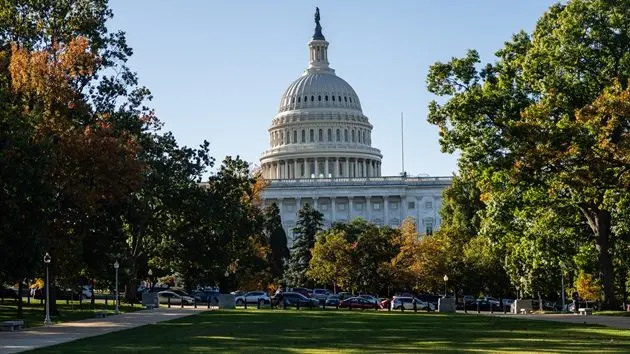(WASHINGTON) — A large part of funding for President Donald Trump’s second-term agenda would come from cuts to safety net programs like Medicaid, the health care program for lower-income Americans and those with disabilities, and SNAP, which helps millions of lower-income Americans buy groceries every month.
The bill passed by the House makes around $600 billion in cuts to Medicaid. About 10.9 million people could lose their coverage over the next 10 years, according to Wednesday’s estimate by the Congressional Budget Office.
The SNAP cuts total an estimated $230 billion over 10 years.
Republicans say their goal is reducing “waste, fraud, and abuse” in these programs to save hundreds of billions of dollars over the next decade and to pay for Trump’s tax cuts and increased funding for the border and defense.
Here’s a breakdown of those cuts in the current form of the bill:
Medicaid cuts
Work requirements: The bill imposes new 80-hours per month work requirements on able-bodied Medicaid recipients aged 19 to 64 who don’t have dependents. These requirements include working or other approved activities such as volunteering.
Under the bill’s current text, these work requirements won’t kick in until 2026.
Increased eligibility checks: The bill also requires states to conduct eligibility redeterminations at least every six months for all recipients instead of the current 12 months.
Undocumented migrants: The legislation seeks to prohibit states from using their funds to cover undocumented immigrants. Undocumented immigrants are not eligible for Medicaid, but 14 states and the District of Columbia have opted to use their own funds to cover those individuals. This bill would penalize them by reducing Medicaid funding. The White House estimates approximately 1.4 million undocumented migrants would lose coverage.
Increased copays: The bill increases copays for Medicaid recipients who make more than the federal poverty level of just over $15,500 for single beneficiaries. They would be required to pay an extra $35 dollar copay in some visits.
Income and residency verification: Required Medicaid paperwork for income and residency verification will increase as lawmakers look to crack down on people who are “double-dipping” in multiple jurisdictions. The additional steps are expected to especially impact seniors and others who can’t promptly respond.
Prohibits funds for abortion providers and gender transition care: The legislation would ban Medicaid funding to Planned Parenthood as long as the organization provides abortions and abortion services.
The legislation also prohibits Medicaid funds from going to gender transition care, including puberty blockers, hormone treatments and surgery. In the initial text of the bill, this language applied only to children, but it was expanded to include adults shortly before the House vote.
Obamacare enrollment: The bill ends open enrollment for the Affordable Care Act a month earlier. Most states hold open enrollment from Nov. 1 to Jan. 15. The House bill requires open enrollment to end on Dec. 15. An analysis from the Kaiser Family Foundation found in 2025 that roughly 40% of enrollees, or about 10 million people, selected plans after Dec. 15.
The legislation also eliminates a Biden-era policy that allows year-round ACA enrollment for the poorest Americans — those who make up to 150% of the poverty level, or around $22,600 a year. Americans will still be able to enroll year-round if they’ve had a “change in circumstances or the occurrence of a specific event.”
These changes would codify a rule proposed in March by the Trump administration’s Center for Medicare and Medicaid Services.
SNAP cuts
The bill tightens eligibility requirements for the Supplemental Nutrition Assistance Program (SNAP), which used to be called the “food stamp” program, which helped roughly 42 million low-income people buy groceries per month in 2024.
Work requirements: The bill raises the age for work requirements from 54 to 64. A similar bill introduced in the House in 2023 would have reduced rolls by between 3 million and 3.5 million people, according to the CBO. It would also require parents with children older than 6 to meet the work requirement. There is currently no work requirement for SNAP beneficiaries with dependent children at home.
Shifting costs to states: SNAP is currently 100% federally funded. The bill requires states to share in at least 5% of SNAP benefit costs starting in 2028.
Indirect effects: The changes could have an impact on school lunch programs, requiring some previously eligible families to apply for access and on federal reimbursement payments for some school districts.
Copyright © 2025, ABC Audio. All rights reserved.





